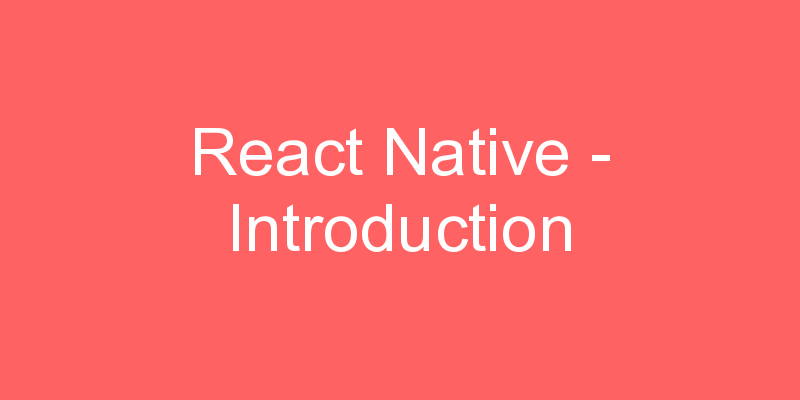
As a React Native developer, creating a high-performance mobile application is crucial for providing users with a smooth and enjoyable experience. In this blog post, we’ll explore various strategies and best practices to enhance the performance of your React Native app.
1. Optimize Rendering:
- Virtualization: Implement Flat List or Section List for efficient rendering of large lists by only rendering the items that are currently in view.
- Pure Components: Use Pure Component or memorization techniques to prevent unnecessary re-renders of components.
2. Bundle Size Reduction:
- Code Splitting: Split your code into smaller chunks and load them on-demand. This reduces the initial bundle size and improves the app’s startup performance.
- Tree Shaking: Remove unused code during the build process to eliminate unnecessary dependencies and reduce the overall bundle size.
3. Image Optimization:
- Image Compression: Compress and resize images to minimize their file size without compromising quality. Tools like ImageOptim or TinyPNG can be beneficial.
- Lazy Loading: Implement lazy loading for images, loading them only when they come into the user’s view.
4. Memory Management:
- Avoid Memory Leaks: Carefully manage subscriptions, listeners, and timers to prevent memory leaks. Utilize use Effect cleanup functions.
- Heap Snapshots: Use tools like the Chrome Developer Tools to analyze memory usage and identify areas for improvement.
5. Native Modules and Threads:
- Use Native Modules: Implement performance-critical parts of your app in native code to leverage the full power of the device.
- Web Workers: Explore the use of Web Workers to offload CPU-intensive tasks to a separate thread.
6. React Native DevTools:
Performance Monitoring: Leverage React Native DevTools for performance monitoring. Identify bottlenecks and areas for improvement in your app’s rendering and logic.
7. Profiling and Testing:
- React DevTools Profiler: Use the built-in profiler to identify performance bottlenecks and optimize your component rendering.
- Testing Libraries: Implement unit tests and integration tests to catch performance issues early in the development process.
8. Continuous Monitoring:
Analytics Tools: Integrate analytics tools to continuously monitor your app’s performance in real-time. Identify areas that need improvement and react promptly.
Conclusion:
By implementing these strategies, React Native developers can significantly enhance the performance of their applications. Keep in mind that performance optimization is an ongoing process, and regular assessments and improvements are essential to providing users with a fast and responsive mobile experience.





